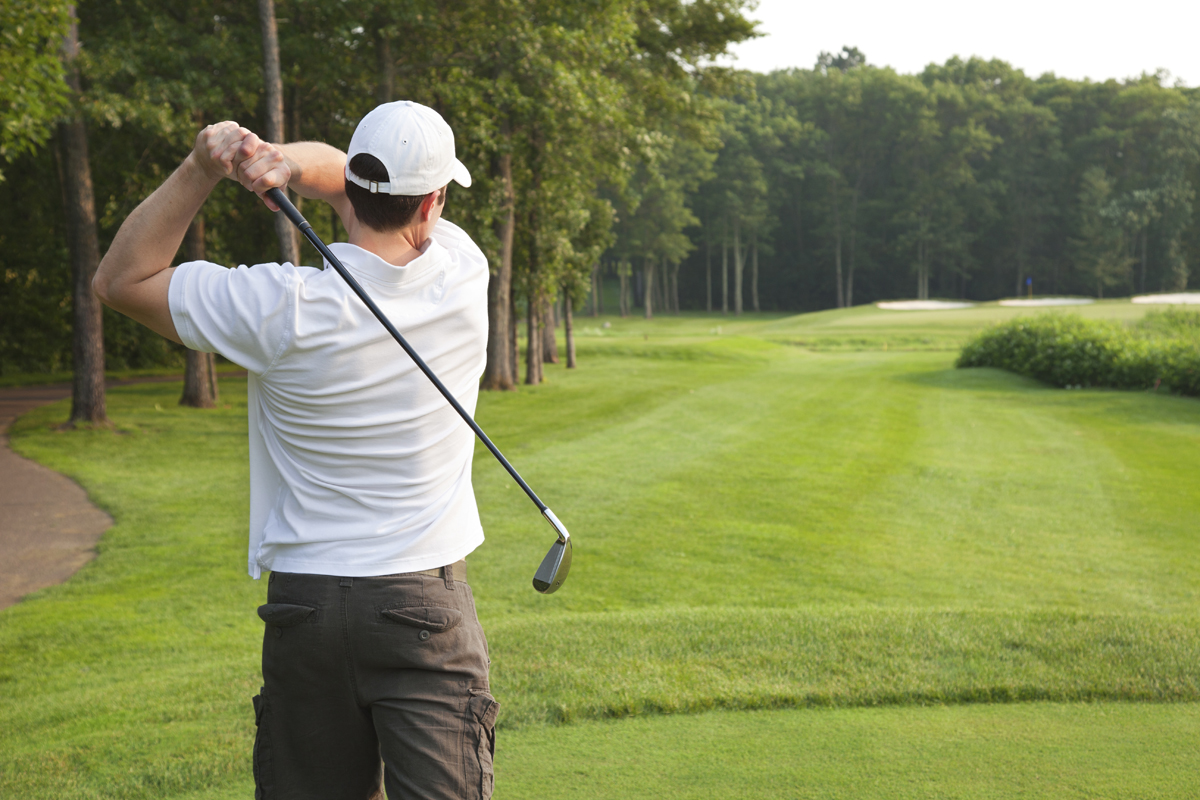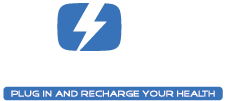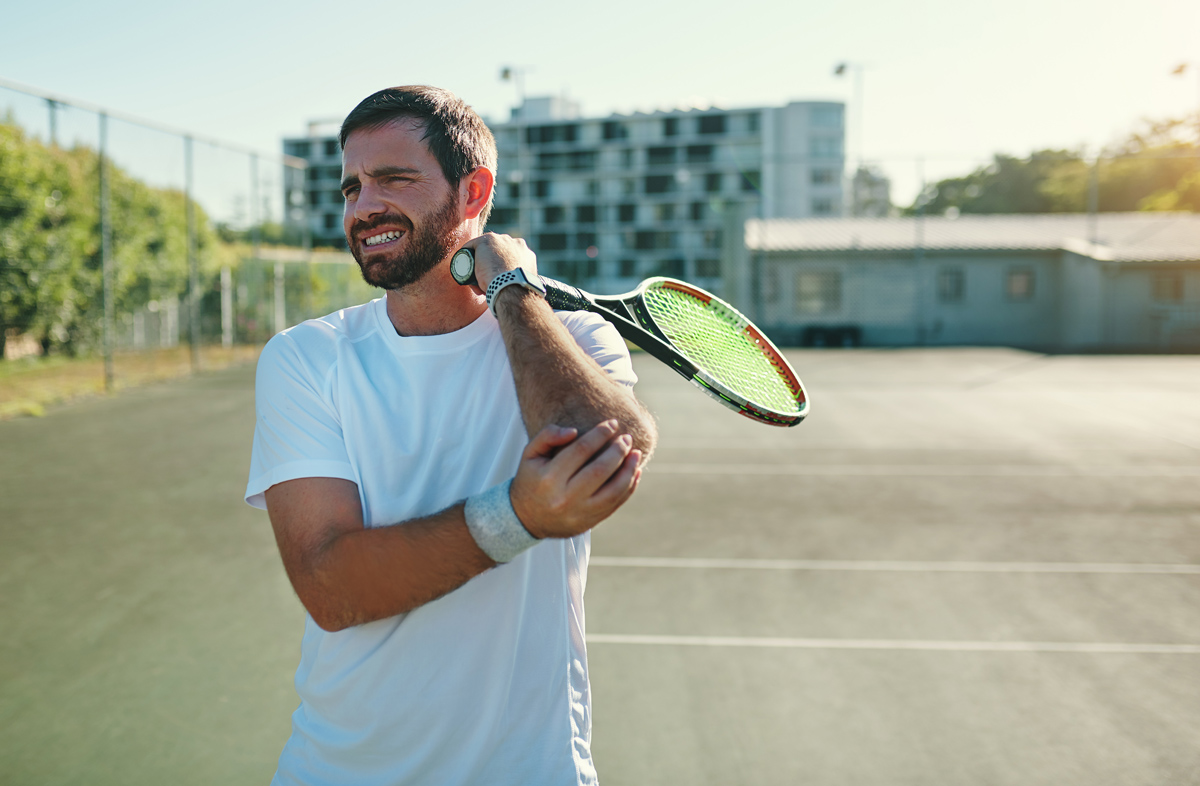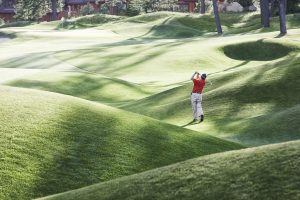
Golfer’s Elbow vs Tennis Elbow: What are the similarities / differences and how can this pain be treated?
What Is Golfer’s Elbow?
A form of tendonitis, golfer’s elbow causes pain and inflammation in the tendons which connect the forearm to the elbow. The pain will center around the bony bump on the inside of your elbow and may also be felt in the forearm. The medical term for golfer’s elbow is medial epicondylitis.
While golfer’s elbow isn’t as well known as tennis elbow, the two lingering injuries do share some similarities. Both are forms of elbow tendonitis. Yet, tennis elbow stems from damage to tendons on the outside of the elbow, while golfer’s elbow occurs on the inside. Both ailments tend to get better with rest, according to WebMD.
What Is Tennis Elbow?
Tennis elbow is a condition that results in pain on the outer edge of your elbow. It typically flares up when you hurt the tendons that connect the elbow to forearm muscles. This pain will radiate throughout your arm, all the way from the elbow to the wrist. Without receiving any treatment, you may feel pain doing the simplest of tasks, such as driving.
What Causes Golfer’s Elbow?
Pain associated with golfer’s elbow can either happen instantly or slowly over time.
You may have golfer’s elbow if you are experiencing the following symptoms:
- Elbow stiffness.
- Pain and tenderness on the inside of your elbow and forearm.
- Pain caused by certain movements, such as making a fist.
- Hand and wrist weakness.
- Numbness or tingling sensations in your fingers.
This ailment is usually caused by overusing muscles in your forearm. These muscles are engaged to grip, flex and rotate your wrist. Repeating these motions can cause pulls or tears in the tendons. This means you do not have to be a golfer to suffer from golfer’s elbow.
Some common causes of golfer’s elbow include:
- Repetitive movements.
- Weight training.
- Playing sports that rely on constant throwing motions.
What Causes Tennis Elbow?
Lateral epicondylitis is the technical name for “tennis elbow.” This condition does impact individuals who do not play tennis. The pain is caused by overuse and doing the same activity/motion over and over again. Repetitive motions create tiny tears in the tendon, resulting in pain. Individuals can develop tennis elbow doing these activities:
- Playing tennis.
- Painting.
- Gardening.
- Using a screwdriver.
Any other racket sports like squash and racquetball can cause tennis elbow. Using the wrong size of equipment can also be responsible for this condition.
Diagnosing Tennis Elbow
In order to diagnose tennis elbow properly, an orthopedic specialist will evaluate the symptoms while examining your forearm and elbow.
You may require further imaging tests to assess the damage, which includes:
- MRI.
- CT Scan.
- X-ray.
- Musculoskeletal ultrasound.
How Long Does It Take For Tennis Elbow To Heal?
While several factors play a role in how long tennis elbow pain lasts, the tendon typically heals over a period of six months to one year. In some cases, tennis elbow has been known to persist for two-plus years.
You may need to take some preventative steps to ensure the pain doesn’t flare up again. Always warm up properly before playing tennis, giving your tendon time to stretch and become limber. Apply ice as soon as you are done playing the sport.
Signs You Should See A Doctor For Elbow Pain
Typically, tennis elbow can be cured over time with rest and at-home care. However, you should consider seeing a doctor if your symptoms persist. A doctor can then confirm your pain is the result of tennis elbow and nothing more. Sometimes, a steroid shot can reduce inflammation and increase healing time.
Check with your doctor if you are experiencing any of the following:
- Your pain worsens.
- There are deformities, such as bumps near your elbow.
- Your elbow feels warmer to the touch than the rest of your arm.
- You have trouble moving your arm.
- Your elbow appears to be a different color than the rest of your arm.
Treatment Options For Tennis Elbow And Golfer’s Elbow
There are a few things you can do at home to ease the pain, including:
- Avoiding any activities that cause pain.
- Resting your arm.
- Taking anti-inflammatories.
- Wearing a brace for support.
- Applying ice to the area for at least 10 minutes.
- Taking hot baths.
Pemf Therapy
Repetitive and overuse activities like the golf or tennis swing cause excessive pulling on the tendons on the elbow which leads to pain on the elbow joint itself. This causes the cells inside of the tendons in the arm to create scar tissue. The body reacts to pulling of tendons by laying down more scar tissue to help with tendons to become stable.
When the scar tissue continues to be strained and re-injured then no healing can take place. Overtime this causes more weakening of the elbow joint and even more pain. PEMF is an effective therapy that will aid the elbow joint to help the body itself to heal faster. PEMF therapy energizes the cells inside the body, which make up all of our tissues like tendons and ligaments, to a higher energy level.
Injections
It’s possible your doctor may suggest injecting platelet-rich plasma, Botox or another form of irritant into your tendon. Dry needling is a process in which a needle will pierce the damaged tendon in several spots. This can help to ease the pain of tennis elbow.
Surgery
If your symptoms see little to no improvement over a six to twelve month period, it may be time to consider surgery as an option. Surgery will remove the damaged tissue with a procedure performed through a large incision or via a few small incisions. Rehabilitation exercises will be needed following surgery.
The easiest way to heal and treat golfer’s elbow is by avoiding any activity that can cause pain. While that may be easier said than done, a few other ways to treat golfer’s elbow are listed below.
Medication
Over-the-counter pain relievers, such as ibuprofen (Motrin IB, Advil, etc), acetaminophen (Tylenol, etc) and naproxen sodium (Aleve) can help fight issues caused by golfer’s elbow. A newer treatment being used is platelet-rich plasma. This treatment involves drawing a little bit of blood and injecting a concentrated amount of platelets into the sore area. Researchers continue to look at and evaluate the effectiveness of this treatment.
At-Home Remedies
There are a few simple ways to lessen the pain brought on by golfer’s elbow in the comfort of your own home. Rest, for example, is the best way to heal. Applying ice packs to the area can work, as well. Try to apply ice 15-20 minutes at a time, three to four times per day for a week or so. Try to constantly stretch the affected area, as this will help to strengthen it overall.
Jolt PEMF Lab In Scottsdale, AZ
Jolt PEMF Lab provides critical energy the body needs to make new, healthy cells. It is a place to recharge, repair, and maintain optimal health through stimulating cellular repair. PEMF is the science of creating health and addressing the root causes of chronic disease and pain. Jolt PEMF, located in Scottsdale, AZ, simply gives your body the energy it needs to support its own natural healing. Our mission is to transform your health, body, and energy and that through results, PEMF will become the future of healthcare. Contact us for a free consultation today!
More Articles About Health
- Physical Therapy For Lower Back Pain
- Rheumatoid Arthritis Vs Osteoarthritis
- What Is Cellular Health?
- What You Need To Know About Red Light Therapy For Weight Loss
- 8 Ways To Fight Depression
- How To Improve Deep Sleep With PEMF Therapy
- How To Slow Aging
- PEMF Therapy For Sports Injuries
- Red Light Therapy Pros And Cons
- PEMF Vs TENS: Similarities And Differences
- PEMF Therapy Near Me
- 10 PEMF Therapy Benefits







